
The AIgorythm project

Playwright and actor
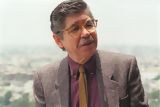
Novelist

Writer and poet

Volleyball player

Italian-Peruvian naturalist and geographer

Singer and percussionist

Last Inca emperor

Politician, former prime Minister

Journalist and TV host
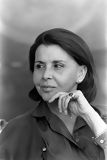
Poet

Inca warrior
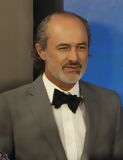
Actor and comedian

Biophysicist

Poet

Doctor and researcher

Businessman, Interbank group

Journalist and writer
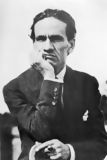
Poet and writer

Singer and songwriter
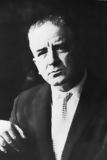
Writer

Film director, Berlin Golden Bear winner

Football player
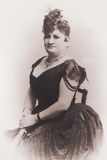
Writer and journalist
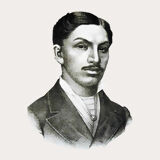
Doctor and scientist

Photograph

Chess player

Industrialist
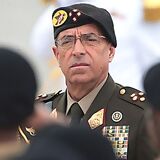
Former general

Specialist in public health

Actress and singer

Afro-Peruvian music singer

Mathematician and engineer

Indigenous chronicler

Neurologist and anthropologist

Painter

Football player
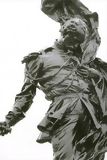
National hero, military leader

Intellectual and reformer

Chef and entrepreneur

Fashion designer

Singer-songwriter

TV presenter

Marathon runner

Indigenous Peruvian chronicler

Theologian

Former national team captain

Economist and former health minister

Inca princess

Writer and television host

Folk musician

Poet and guerrilla
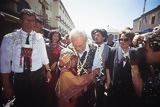
Former UN secretary-general

Chef, known for fusion cuisine

Football player

Peruvian aviation pioneer

Poet and artist
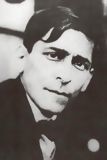
Marxist philosopher and writer

Industrialist and businessman
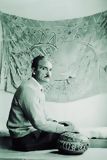
Novelist and ethnologist

Painter and muralist

Opera tenor

Fashion designer

Cardinal of Lima

Peruvian tennis player

Football coach

Leader of the indigenous rebellion

Military hero

Latin singer
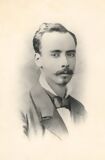
War of the Pacific hero

The youngest mother in history

Politician

Creole music singer

Tennis player
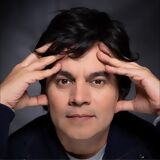
Musician

Writer and politician

Politician and founder of the Christian Democratic Party

Founder of Sodalitium Christianae Vitae

Archaeologist and anthropologist

Military leader and politician

Television host
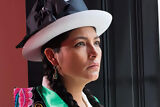
Actress and singer

Contemporary sculptor

Women’s rights activist

Beauty queen

Astrophysicist

Heroine of independence

Mathematician and archaeologist

Historian and anthropologist
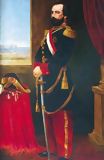
Military figure and historical figure

Fashion photographer
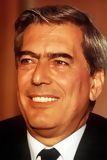
Writer, Nobel Prize in Literature, Politician

Revolutionary leader

Environmental activist

Leader of the indigenous rebellion

Musician from Gaia band
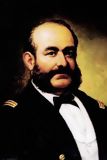
War hero
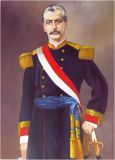
Military leader and politician

Chef, known for Nikkei cuisine

Volleyball coach and former player

Environmental activist

Television personality

Writer

Football player

Epidemiologist and former health Minister

Inventor and aerospace pioneer

Soldier and inventor

Rock singer

Chef and co-owner of Central restaurant

Painter

Football player

TV presenter and actress
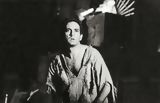
Actor
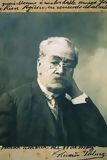
Writer and historian

Journalist and lawyer

Archaeologist, founder of Caral site
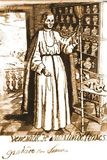
Monk and Saint
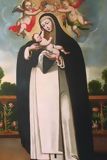
Saint, patron of Latin America

Physicist and engineer

World champion surfer

Actress

Oncologist

Singer, Latin Grammy winner

Former mayor of Lima

Singer

Actress

Former football player

Painter
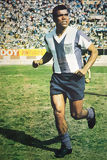
Former football player

Painter

Inca leader

Archbishop, saint
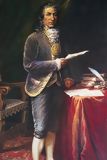
Leader of the indigenous rebellion

Revolutionary indigenous leader

Diplomat and intellectual

Sculptor and painter
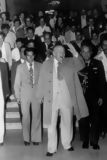
Political leader, founder of APRA

Lawyer and Former prime minister

Chef of Central restaurant
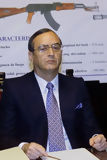
Former head of secret services

Popular singer

Fashion designer

Exotic music singer
Santiago Antúnez de Mayolo Gomero (1887-1967) is one of Peru’s most important figures in the fields of science, technology, and engineering. Born in Aija, Ancash region, he is recognized as one of the brightest Peruvian scientists of his time, with notable contributions to physics, engineering, and hydroelectric energy studies. His pioneering work laid the foundation for Peru’s scientific and technological development, and today, his name is synonymous with innovation and scientific excellence.
Santiago Antúnez de Mayolo was born on January 10, 1887, into a modest family in Aija. From a young age, he showed a strong curiosity and interest in natural sciences. He completed his primary and secondary education in Peru before pursuing higher education at the National University of San Marcos in Lima, where he studied mathematics, physics, and engineering.
After graduating, Antúnez de Mayolo decided to further his studies in Europe at prestigious institutions such as the University of Grenoble in France. There, he learned about the latest scientific advances in physics, particularly in fluid mechanics and electricity. This experience in Europe not only enriched his scientific knowledge but also allowed him to interact with some of the greatest minds of his time, deeply influencing his future research.
Upon returning to Peru, Santiago Antúnez de Mayolo applied his knowledge by focusing on hydroelectric engineering. He undertook several large-scale projects related to water management and hydroelectric energy, a field in which he excelled. He is particularly known for designing and overseeing the construction of several hydroelectric plants in Peru, contributing to the development of the country’s energy infrastructure.
One of his greatest achievements was the proposal for the Mantaro River hydroelectric project. This project, eventually realized decades after his proposal, became one of Peru’s main energy suppliers. Thanks to his vision, Antúnez de Mayolo helped the country harness its vast hydroelectric potential, playing a crucial role in Peru’s industrial development during the 20th century.
In addition to his work in engineering, Santiago Antúnez de Mayolo also made significant contributions to theoretical physics. One of his most notable achievements was his hypothesis regarding the existence of an elementary particle called the "neutrino." Although this particle was officially discovered by scientists like Wolfgang Pauli and Enrico Fermi, Antúnez de Mayolo is now recognized for having anticipated this discovery through his own research on subatomic particles.
He also conducted research on relativity and cosmic rays, areas of physics that were at the forefront of scientific knowledge in the early 20th century. Although his publications in these fields did not always receive the attention they deserved at the time, they are now considered important contributions to the development of physics in Peru and Latin America.
Throughout his career, Santiago Antúnez de Mayolo proved to be not only a brilliant scientist but also a visionary engineer and innovator. His multidisciplinary approach led him to explore various fields, from theoretical physics to practical engineering. This unique combination of skills allowed him to become an influential figure in Peru’s scientific and industrial development.
Antúnez de Mayolo also played a key role in founding several scientific institutions in Peru, notably the Peruvian Institute of Nuclear Energy. He always believed that Peru had the potential to become a leader in science and technology, and he dedicated his life to advancing this vision.
Santiago Antúnez de Mayolo passed away on April 20, 1967, but his scientific legacy lives on. His work paved the way for many Peruvian scientists who followed in his footsteps, and his name is now associated with infrastructure projects and research programs across the country. In 1987, the Peruvian government created the Santiago Antúnez de Mayolo Medal to honor outstanding contributions in the field of science and technology, perpetuating the memory of this exceptional man.
Santiago Antúnez de Mayolo remains an emblematic figure in Peruvian science and engineering. His contributions to fields as diverse as hydroelectric engineering, theoretical physics, and energy research not only transformed his country but also made him a pioneer of science in Latin America. His name is forever engraved in Peru’s history as a symbol of innovation and scientific progress.